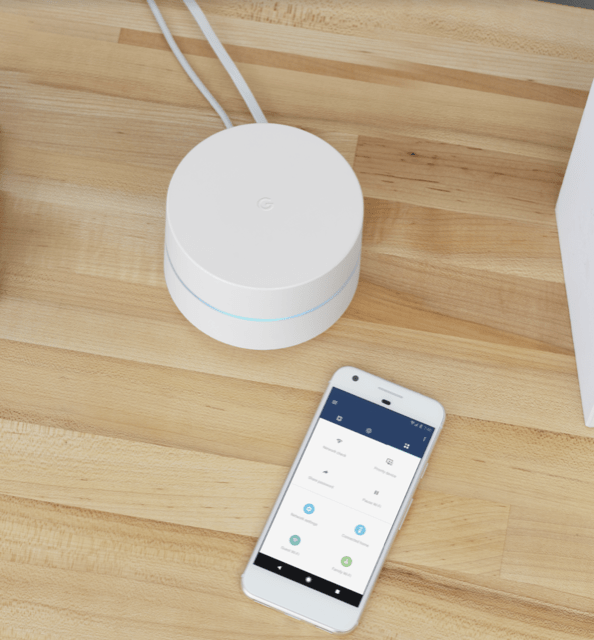The slow internet is a recurring problem for users throughout Brazil. Several factors may interfere with Wi-Fi connection speed, from technical errors to incorrect use of equipment. The good news is that in most cases there are affordable solutions to restore stability and network performance.
With the development of remote work, online courses and streaming consumption, demand for faster connections has increased significantly. However, the service delivered by the operators meets the consumer’s expectations, but in many cases the problem is indoors: misplaced routers, old units and common disorders can jeopardize the entire experience.
What does the Wi-Fi speed interfere with at home?
The quality of the Wi-Fi connection is affected by several factors, including physical barriers, electromagnetic disorder and up to the number of connected devices. One of the most important villains is the excess of walls or furniture between the router and the user, which can block or weaken the transmitted signal. Larger or many rooms tend to suffer more from this type of obstacle.
Another critical point is the electronic equipment that works with the same frequency as Wi-Fi, such as microwaves, wireless phones and even electronic child girls. They can generate signal disorders, impaired connection stability. In addition, adjacent networks that use the same transmission channel can overload the environment and cause slowness.
The number of people and units that are connected at the same time also affects performance. In a house with several residents using smartphones, notebooks, TV sets and video games at the same time, the router may have difficulty distributing the band in a balanced way, especially if the agreed plan is low speed.
Continues after advertising
Equipment’s obscurity also weighs. Old or low quality routers cannot take advantage of all the ability of the current Internet, even if the plan offered by the operator is of high speed. The lack of updating of these devices can generate security and performance.
How do I know if the router is in trouble?
Signs that often fall into the connection, speed well below expected or areas of the house without coverage indicate that the router may be in trouble. The first step for diagnosing errors is to restart the equipment, a simple procedure that solves many temporary instability.
Continues after advertising
Another important test is to connect a device directly to the modem with a network cable. If the Internet works normally in this scenario, the problem is probably in the router or Wi-Fi network. In a more persistent case, you may need to access the device’s control panel to check Pendetnes or possible incorrect settings.
It is also possible to analyze the router’s indicator lights. Lights that blink in red or careless often signal error errors. If the equipment is overheated, this can also affect performance. Place it in airy and obstacle -free places help with ventilation.
If the router is very old, especially models over five, it is recommended to consider replacing with a more modern device. Units supported by the latest standards such as Wi-Fi 5 or Wi-Fi 6 provide better performance, security and range.
Continues after advertising
Finally, if even with all adjustments remain, the error may be internal in the router or in its power supply. Specialized technical assists can test the equipment or indicate the need for exchange.
Applications to measure and improve internet connection
Free applications can help identify bottlenecks for networks and measure connection quality. Among the most popular are speed tests of Ookla, Netflix’s Fast.com and Open signal, they show the real speed of download and upload, as well as latency, which helps to understand if it is loss of performance.
Continues after advertising
WiFi Analyzer, available for Android, is useful for analyzing frequency channels available in the neighborhood. With that, the user can configure the router to work on a less overloaded channel, which often improves signal stability.
Some applications also offer router positioning suggestions and indoors signal heat maps, such as Netspot or Ubiquiti Wifiman. These features help to identify blind spots and define the best places to install repeaters or mesh routers.
There are also tools that help manage which devices are connected to the network, something important to avoid incorrect access. For example, the finger app shows all active devices and warnings for suspected connections.
Continues after advertising
Does the router distance make so much difference?
The distance between the unit and the router has a direct impact on the intensity and quality of the Wi-Fi signal. The longer the user is, especially if there are walls, doors or other physical obstacles, the greater the loss of performance for the connection.
Most Wi-Fi technology work based on radio waves that are weakened when crossing materials such as concrete, metal and even wood. In apartments with reinforced structure, for example, it is common for the signal to be strong in one room and practically invalid in another.
Therefore, it is recommended to place the router in a central location in the home, preferably high and far from appliances or metal objects. Avoiding leaving it inside cabinets or behind furniture also contributes to better coverage.
For larger housing, the use of repeaters or network systems may be necessary. Repeaters capture the existing signal and forward it and expand the interval. MESH system creates a unique network with different access points, which promotes uniform coverage.
The distance not only interferes with the speed, but also with latency and stability. For example, in online games or video calls, being away from the router can generate locking and connection cases. The closer the device, the more efficient navigation.
READ MORE: What mobile phone models will have free internet access to Elon Musk?












Got a Questions?
Find us on Socials or Contact us and we’ll get back to you as soon as possible.